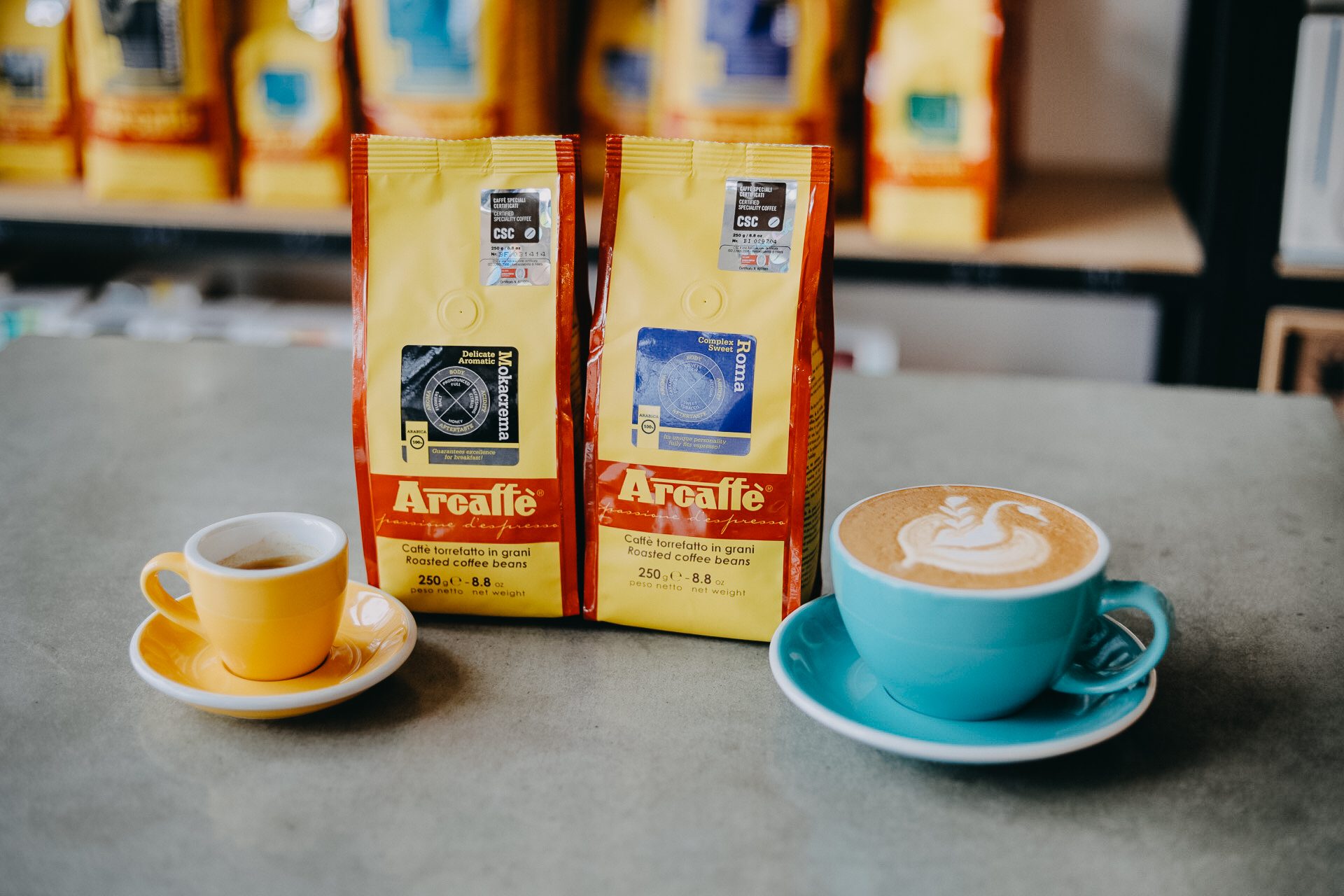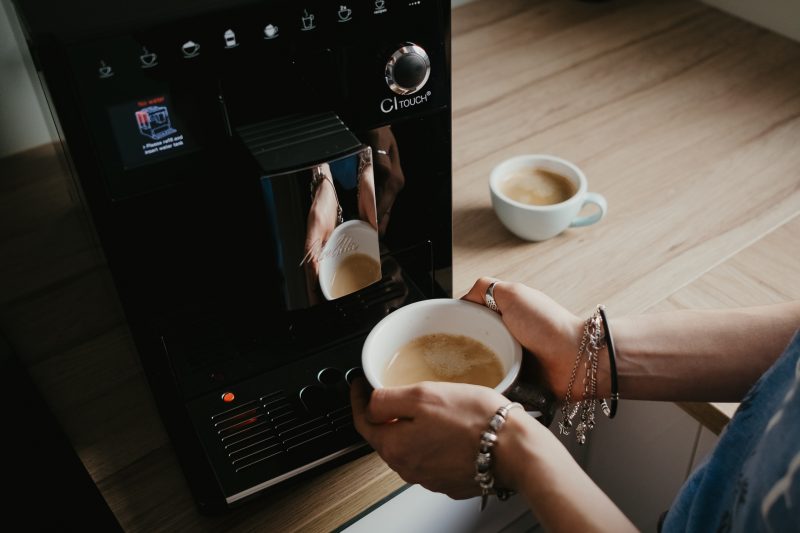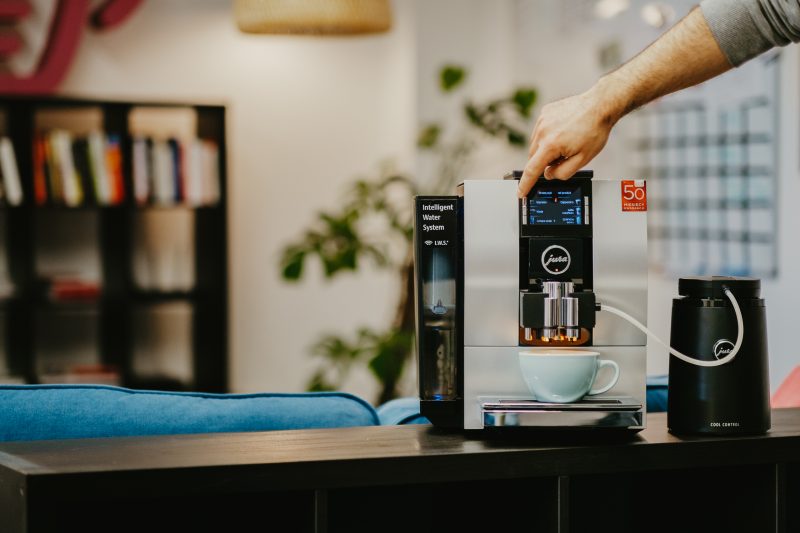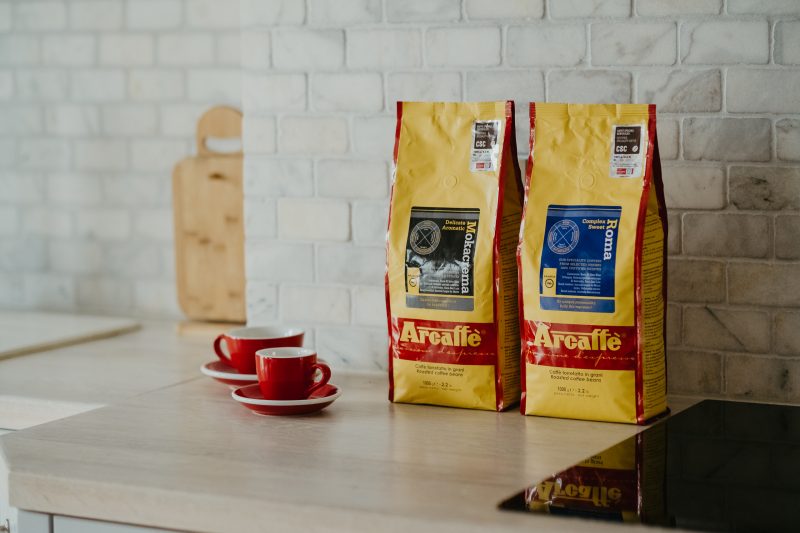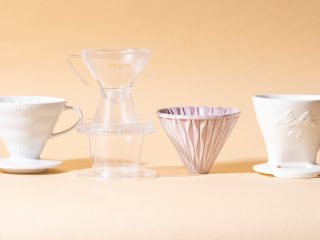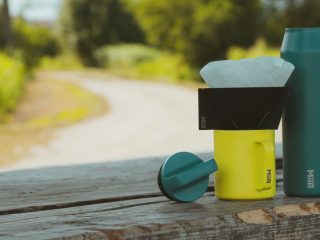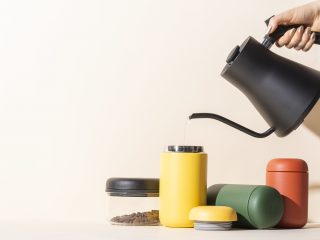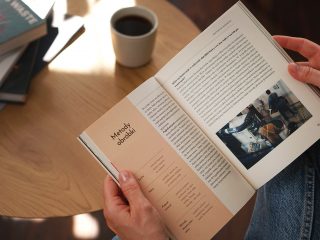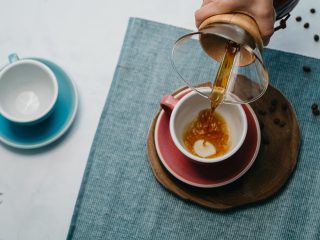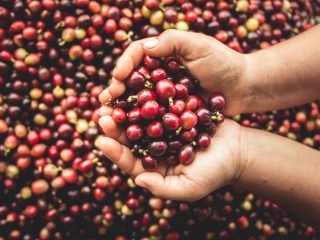Every day, at offices and houses, automatic espresso machines – our private baristas – brew copious amounts of coffee. In this article, we have discussed the general rules of brewing different coffees in particular coffee makers. Today, however, we will focus on silent heroes who dose, beat, brew and froth milk by themselves without any interference on our part.
So different from an espresso machine with a portafilter…
Apparently, you should use the same coffee for the appliances which are called the same and work the same, so why not just use any beans labelled ‘Espresso Roast’? There are several reasons for it! The first reason worth mentioning is roast profile. Beans from many speciality roasteries are quite light in colour, despite being labelled ‘espresso’. This is fine when we use professional grinders dedicated for espresso with large diameter burrs.
Sadly, in case of automatic espresso machines, manufacturers often make compromises. The first compromise is made over burrs of built-in grinders. In order to avoid rusting of steel burrs, some manufacturers use ceramic ones, which impairs grind quality, especially when it comes to fine grind. It is also worthwhile mentioning that many automatic espresso machines are treated like workhorses and haven’t been serviced for a year, two or more while being in service, which has a negative effect on coffee flavour.
So what should you do?
If you haven’t bought your dream home barista yet, check out its parameters first! Steel burrs, clear interface, many adjustable parameters, including grind parameters – these are the most important features of a good combine for coffee. Espresso machines from leading brands – Jura and Nivona are an obvious choice. Reliable service facilities, availability of spare parts and high quality of the product will ensure long and seamless use. Apart from that, you need to take care of your equipment, service it regularly and clean it with the best chemicals dedicated for espresso.
If we have already done that, the next step is choosing an ideal coffee! For automatic espresso machines, it should be an espresso roast. As we said at the beginning, this coffee can sometimes be even too acidic, so it’s good to start with Italian craft coffees, or potentially try lighter coffees as an experiment. If you choose more sublime, single-origin coffees, pay attention to their processing method and country of origin. Coffees from Central and South America have lower acidity than those from Africa. If you want to avoid it even more, choose natural or pulped natural processed coffee; if, on the other hand, you want your coffee to be acidic, look for wet processed coffees.
Classics will always be a good fit!
The most obvious coffee to start with? Craft edition of good Italian classics, i.e. our favourite Arcaffe. First, choose small bags of different coffees from this roastery and pick the tastiest one among them. At the beginning, it is best to order coffees with different ratios of Arabica and Robusta. Coffee which is the most ‘Robusta’, instense in taste and has high bitterness is Arcaffe Margo – 50% Arabica and 50% Robusta. The next coffee in line with the highest Robusta content is Meloria – it has 25% of Robusta beans. In the cup, this translates into slightly higher acidity which is neutralised by high bitterness of Robusta.
The next option, one that is the least ‘hardcore’ when it comes to keeping some Robusta in coffee is Arcaffe Roma. A blend of many speciality Arabica coffee varieties with an admixture of high quality Robusta results in a balanced flavour, low acidity, but thanks to Robusta it has still enough bitterness and beautiful crema. To enthusiasts of Italian espresso, which, however, is 100% Arabica, I recommend my favourite coffee, Arcaffe Mokacrema – nuts, chocolate and much sweetness which brings to mind honeydew honey!
How about a handful of fruits?
When you brew coffee in an automatic espresso machine, you don’t have settle for a classic espresso without any fruity notes. The easiest way to try something new? Espresso of the month! Simply visit Coffeedesk, find the beans that we recommend and buy them at a special price. If you are looking for madness and copious amounts of acidity, give coffees from Kenya and Rwanda a go – they will give you masses of red fruits, juicy raspberries and cherries in return. However, you will not find there nuts or chocolate which for many people define a good espresso.
And how about high sweetness paired with relatively high acidity? Try What The Funk from HAYB Speciality Coffee. This blend is 50% washed Guatemala Huehuetenango and 50% natural Ethiopia Dimtu Tero. A great balance between chocolate, berries and strawberries – try it! It these propositions are too much for you, don’t be afraid to try a coffee created by the world coffee roasting champion – Rubens Gardelli – Cignobianco represents his own craft version of Italian coffee. Apart from the sweetness of chocolate and almonds, you will find plums and sweet caramel in there – yummy!
Seek and you shall find
The coffees described above should give you a good start to searching ‘the one’. At the same time, it is important to understand that ‘the one’ can be subject to our fancies, moods and season of the year. So remember that coffee has thousands of discernible flavours and aromas and don’t be afraid to look for them.

